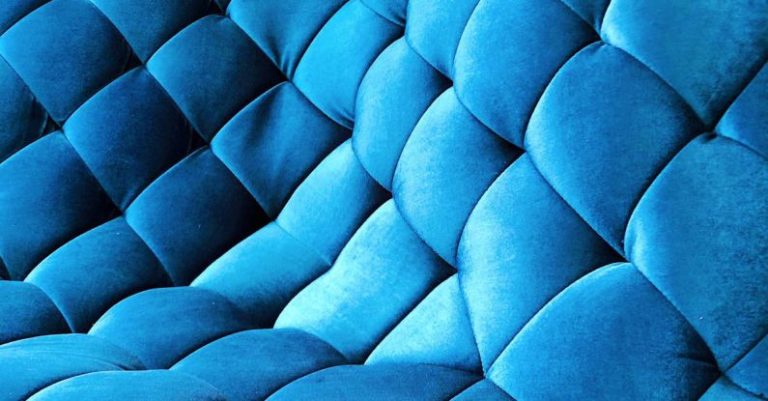
Free motion quilting is a popular technique among quilters that allows for creativity and intricate designs to be stitched onto the fabric. Unlike traditional quilting where the fabric is fed through a sewing machine with a predetermined pattern, free motion quilting gives the quilter the freedom to move the fabric in any direction to create unique patterns and textures. In this article, we will explore some of the techniques used in free motion quilting to help you improve your skills and create beautiful quilted projects.
Choosing the Right Supplies
Before delving into the techniques of free motion quilting, it is essential to ensure you have the right supplies. Using a quilting foot specifically designed for free motion quilting is crucial as it allows for greater visibility of the stitching area and smooth movement of the fabric. Additionally, selecting the appropriate needle size and thread type for your project is essential to achieve the desired results. Experiment with different thread weights and needle sizes to find the combination that works best for your quilting style.
Preparing Your Workspace
Creating a conducive workspace is key to successful free motion quilting. Ensure that your sewing machine is set up on a sturdy table at a comfortable height to prevent strain on your arms and shoulders. Use a quilting extension table to provide a larger flat surface for maneuvering the fabric smoothly. It is also helpful to have good lighting directed towards your work area to enhance visibility and reduce eye strain.
Practice Makes Perfect
Like any skill, free motion quilting requires practice to master. Before starting on your main project, take some time to practice on scrap fabric to familiarize yourself with the movement of the fabric and the speed of the sewing machine. Experiment with different stitch lengths and styles to develop your quilting technique. As you gain confidence and control, you will be able to create more complex designs with ease.
Controlling Stitch Length
One of the key aspects of free motion quilting is controlling the stitch length. The stitch length is determined by the speed at which you move the fabric and the sewing machine. To create smaller stitches, move the fabric slowly while stitching, and increase the speed for longer stitches. Practice varying your stitching speed to achieve a consistent stitch length throughout your project.
Mastering Tension
Achieving the right tension is crucial in free motion quilting to prevent thread breakage and ensure smooth, even stitches. Adjust the tension of your sewing machine according to the type of fabric and thread you are using. Test the tension on a scrap piece of fabric before starting on your main project to avoid any issues during quilting.
Exploring Different Stitch Patterns
Free motion quilting offers endless possibilities for creating intricate stitch patterns and designs. Experiment with different motifs such as swirls, loops, feathers, and meanders to add texture and visual interest to your quilt. Practice combining various stitch patterns to create unique and personalized quilting designs that showcase your creativity.
Embracing Imperfections
While striving for perfection is natural, it is essential to embrace imperfections in your free motion quilting. Quilting by hand allows for a touch of individuality and uniqueness in each project. Accepting and even celebrating imperfections in your stitching can add character and charm to your quilt.
Incorporating these techniques into your free motion quilting practice will help you improve your skills and create stunning quilted projects that showcase your creativity and style. Remember, practice, patience, and experimentation are key to mastering the art of free motion quilting. Enjoy the process and let your creativity soar as you explore the endless possibilities of this versatile quilting technique.





